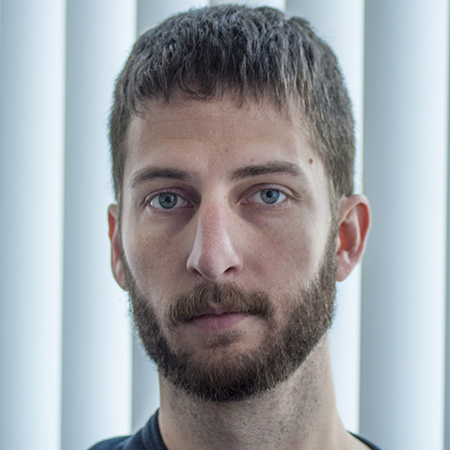One unusual hypothesis we’ve covered several times in the past is the idea that cosmic rays—charged particles from beyond our solar system that constantly bombard the Earth—play a significant role in controlling Earth’s climate. The claim is that these cosmic rays are an important part of cloud formation, helping create the condensation nuclei that seed clouds by ionizing molecules, encouraging them to glom together. Because the solar magnetic field deflects many of the cosmic rays, the amount reaching the Earth, and thus the clouds on Earth, fluctuate with solar activity.
The hypothesis that this can explain climate changes has two key proponents: Henrik Svensmark and Jasper Kirkby. Recent studies associated with each of them have continued stirring the academic pot this hypothesis has been simmering in.
The secret ingredient
Kirkby organized an experiment (appropriately acronymed the “CLOUD” project) using a CERN particle accelerator to test the mechanism behind the cosmic ray hypothesis. Energetic particles from the accelerator are channeled into a precisely controlled chamber where any ultra-fine particles that form can be measured. Many teensy particles like soot or airborne ocean salt can form cloud condensation nuclei, but about half form from condensed droplets of sulfuric acid.
Early results confirmed that the experimental “cosmic rays” could increase the formation of particles, although the ones that formed must subsequently grow much, much larger before they can act as condensation nuclei. But the results also hinted at something somewhat unexpected. First, the rate at which particles formed was much lower than we know they form in the atmosphere. Second, though great care had been taken to prevent contaminants from entering the CLOUD chamber, some rogue nitrogen compounds found their way into virtually all of the particles.
In a new paper in Nature, the CLOUD team explores those puzzles. They intentionally added the simple nitrogen-containing organic compounds (called amines) to the chamber to see what would happen when more than just a few uninvited molecules were present.


 Loading comments...
Loading comments...
